Snakes in the Catskills: A primer
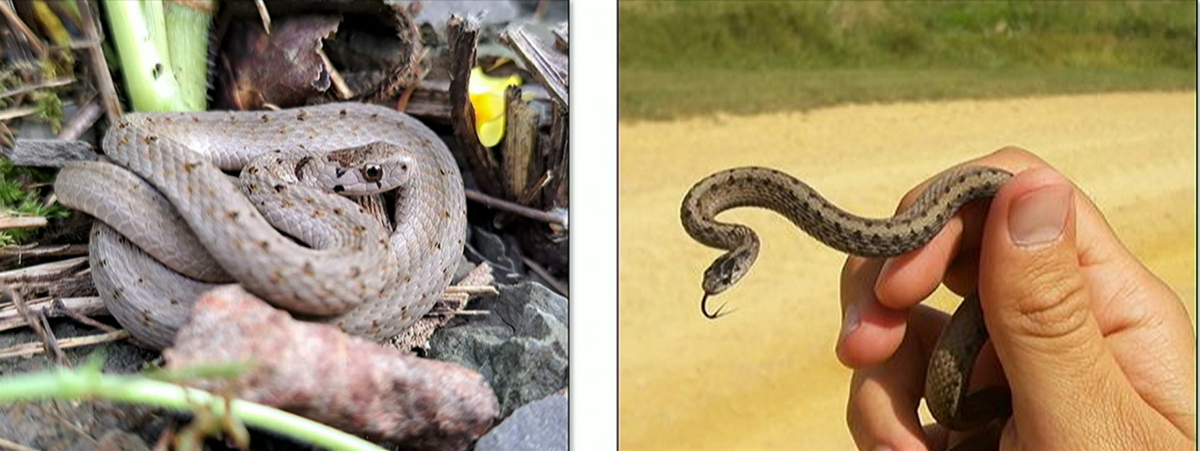
The Cary Institute of Ecosystem Studies in collaboration with the Catskill Science Collaborative, presented “Snakes in the Catskills: A Primer,” the latest in its lecture series, on June 5. Presenter John Vanek, is a zoologist at the New York Natural Heritage Program in Syracuse, NY. The snake above is a harmless Northern Brown Snake. They are known as a “gardener’s friend” because they eat snails, slugs, and worms.
John Vanek
 John Vanek, is a zoologist at the New York Natural Heritage Program.John Vanek
John Vanek, is a zoologist at the New York Natural Heritage Program.John Vanek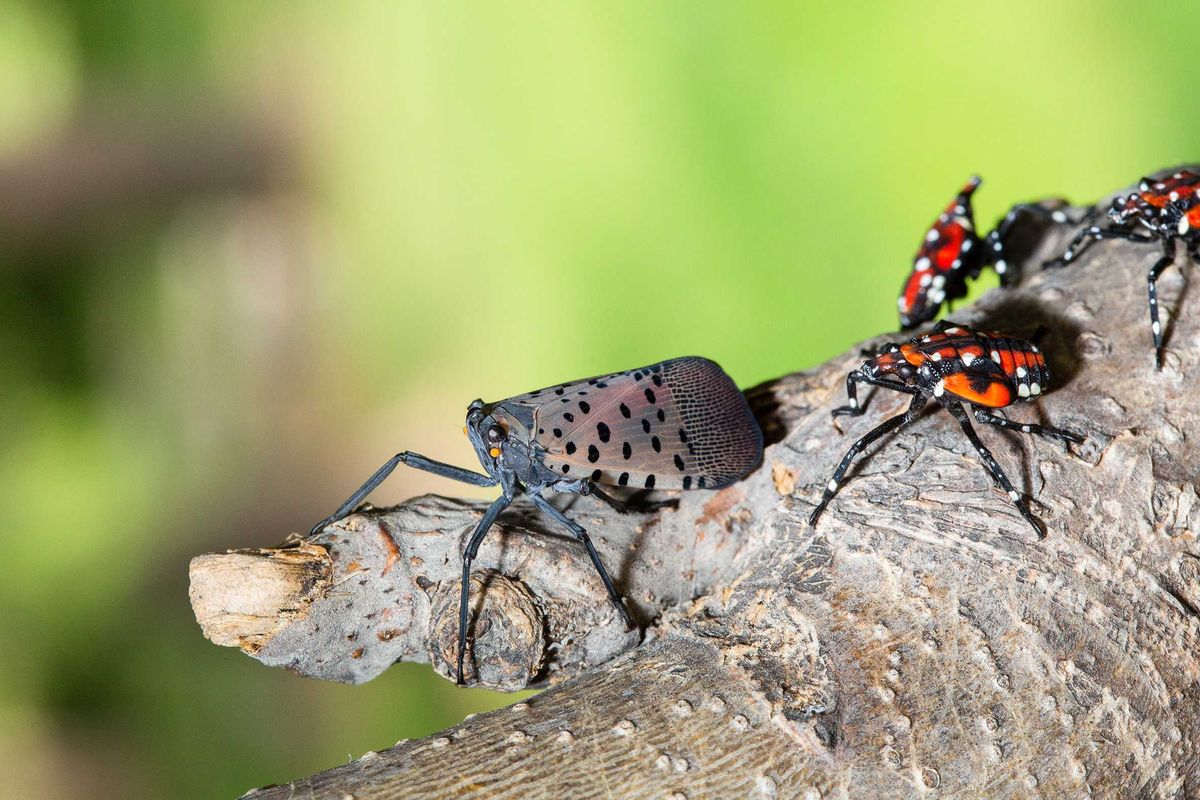


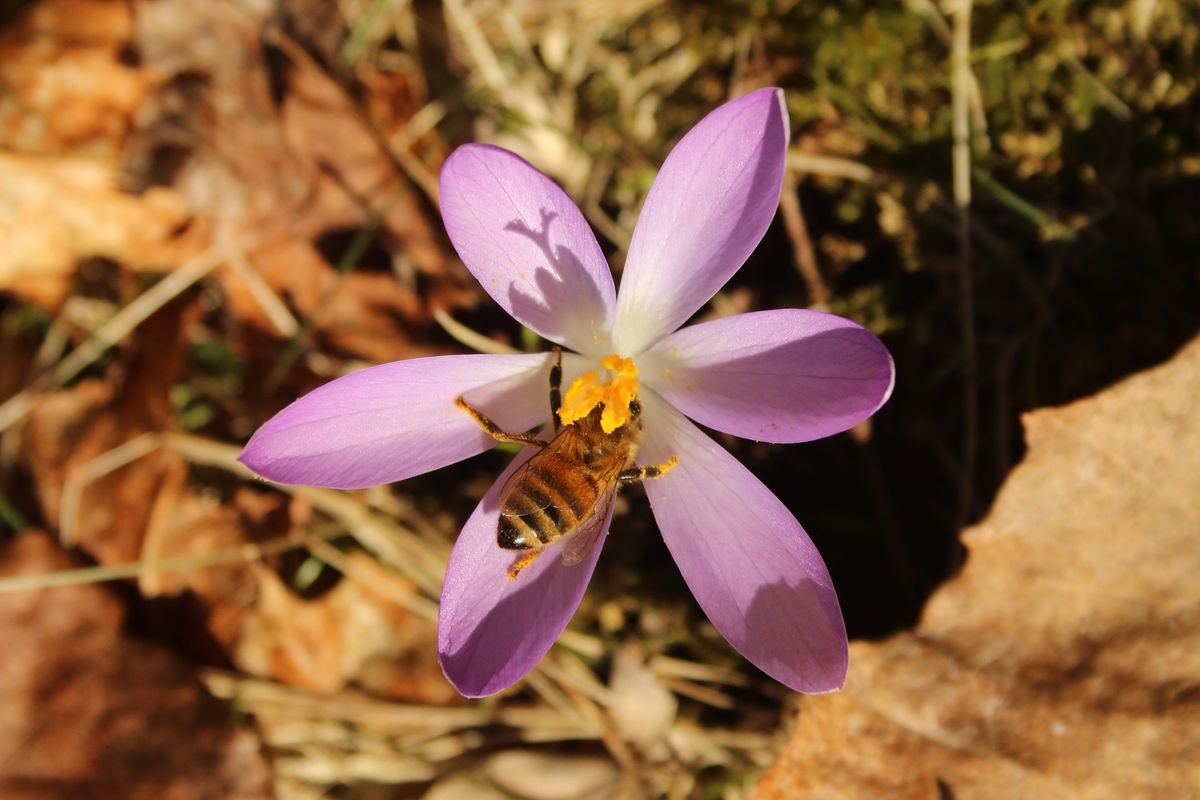
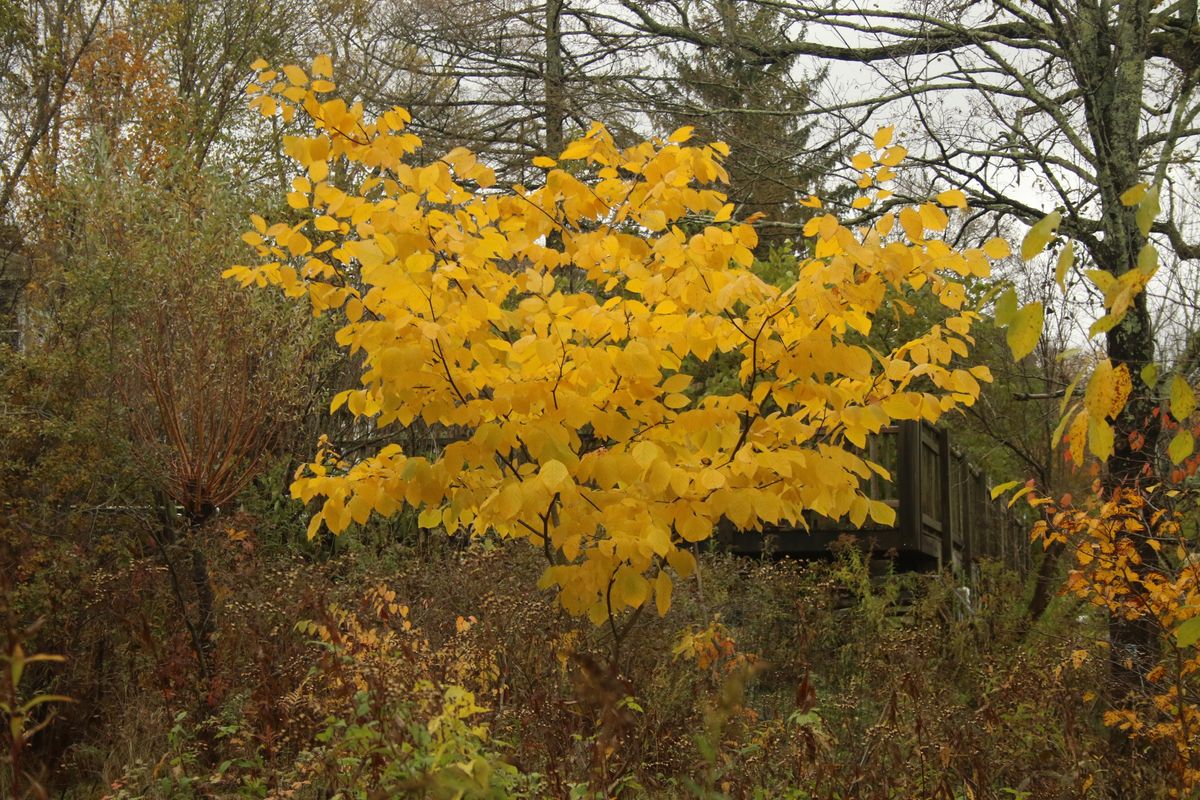
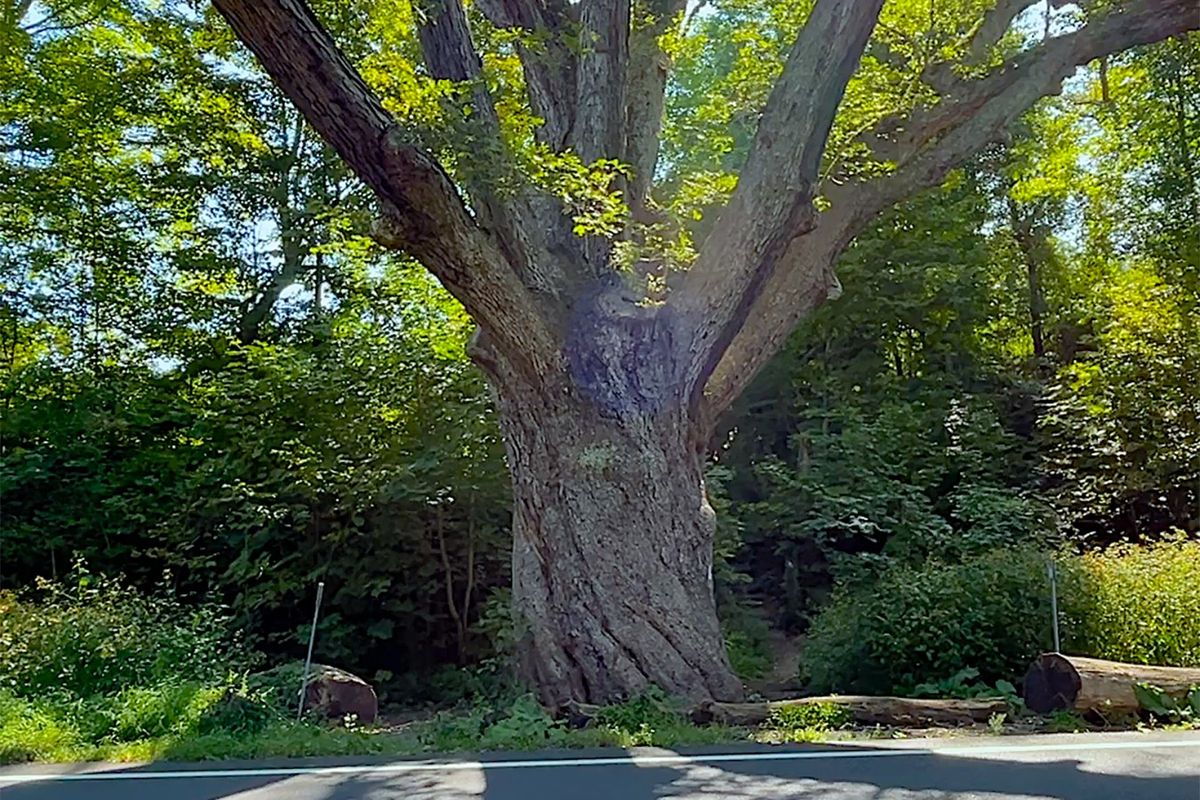

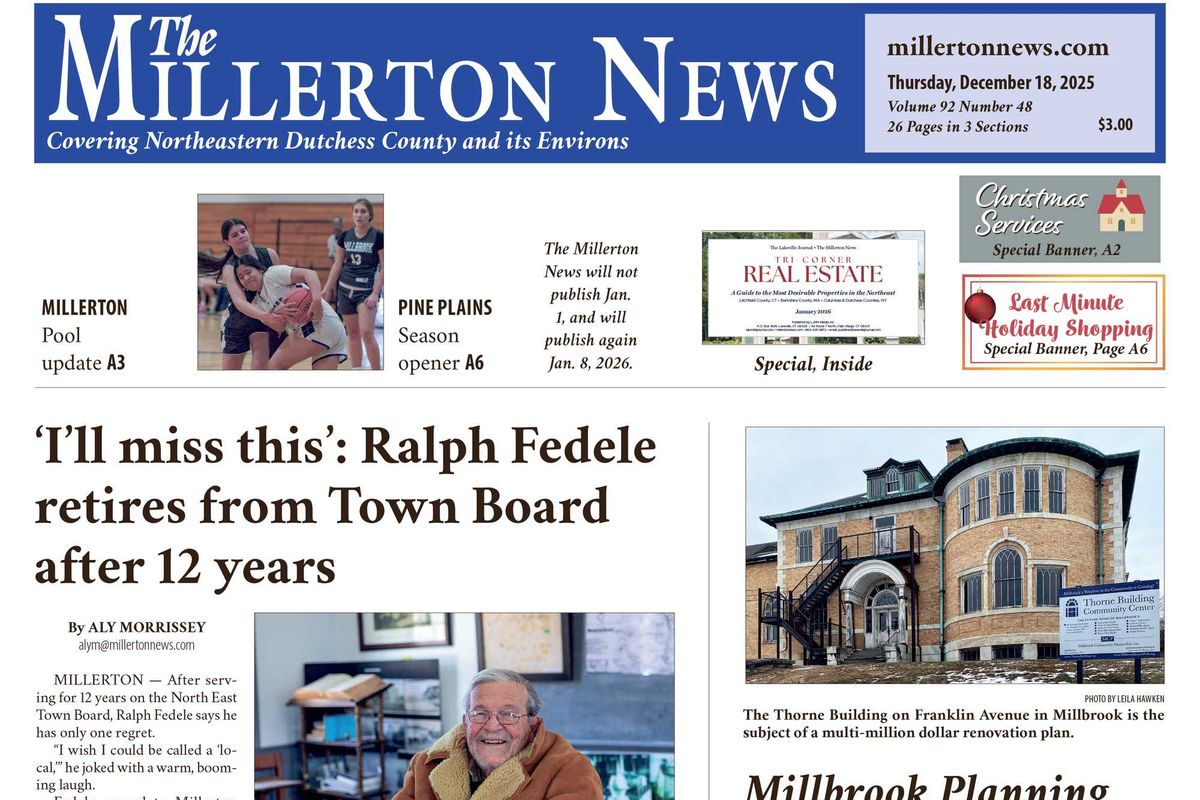
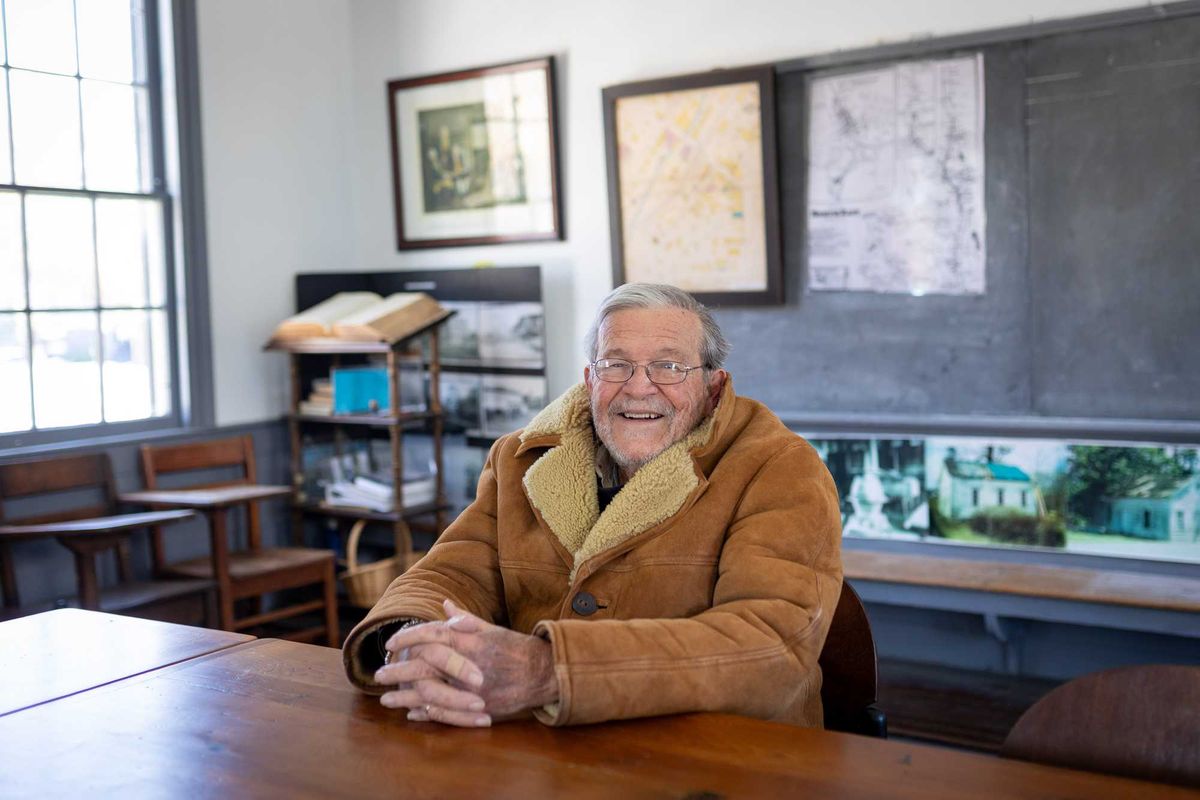
 Ralph Fedele sits at a table in the historic Irondale Schoolhouse in downtown Millerton. Fedele led the effort to renovate and relocate the schoolhouse to the center of the village.Photo by Aly Morrissey
Ralph Fedele sits at a table in the historic Irondale Schoolhouse in downtown Millerton. Fedele led the effort to renovate and relocate the schoolhouse to the center of the village.Photo by Aly Morrissey




